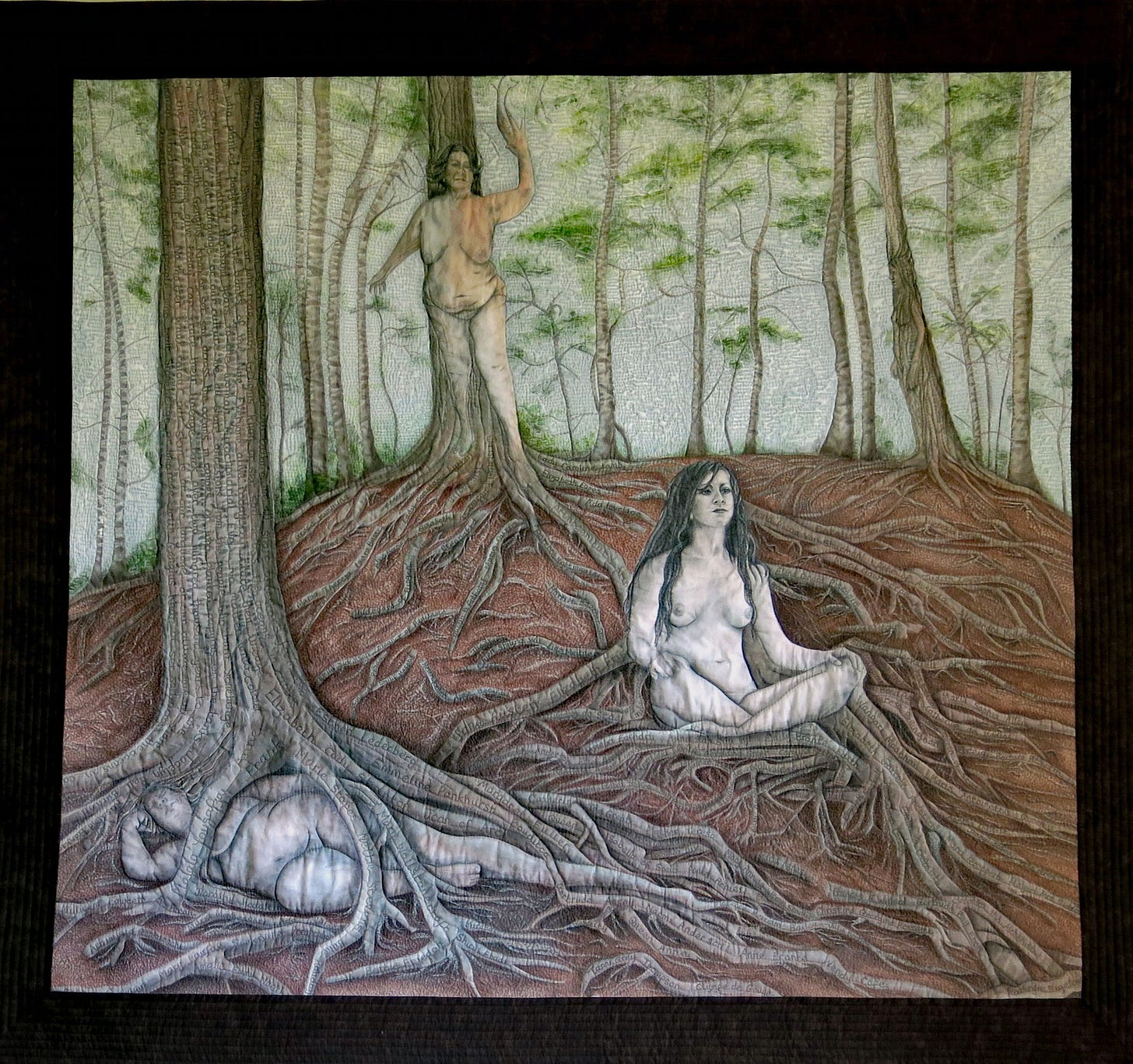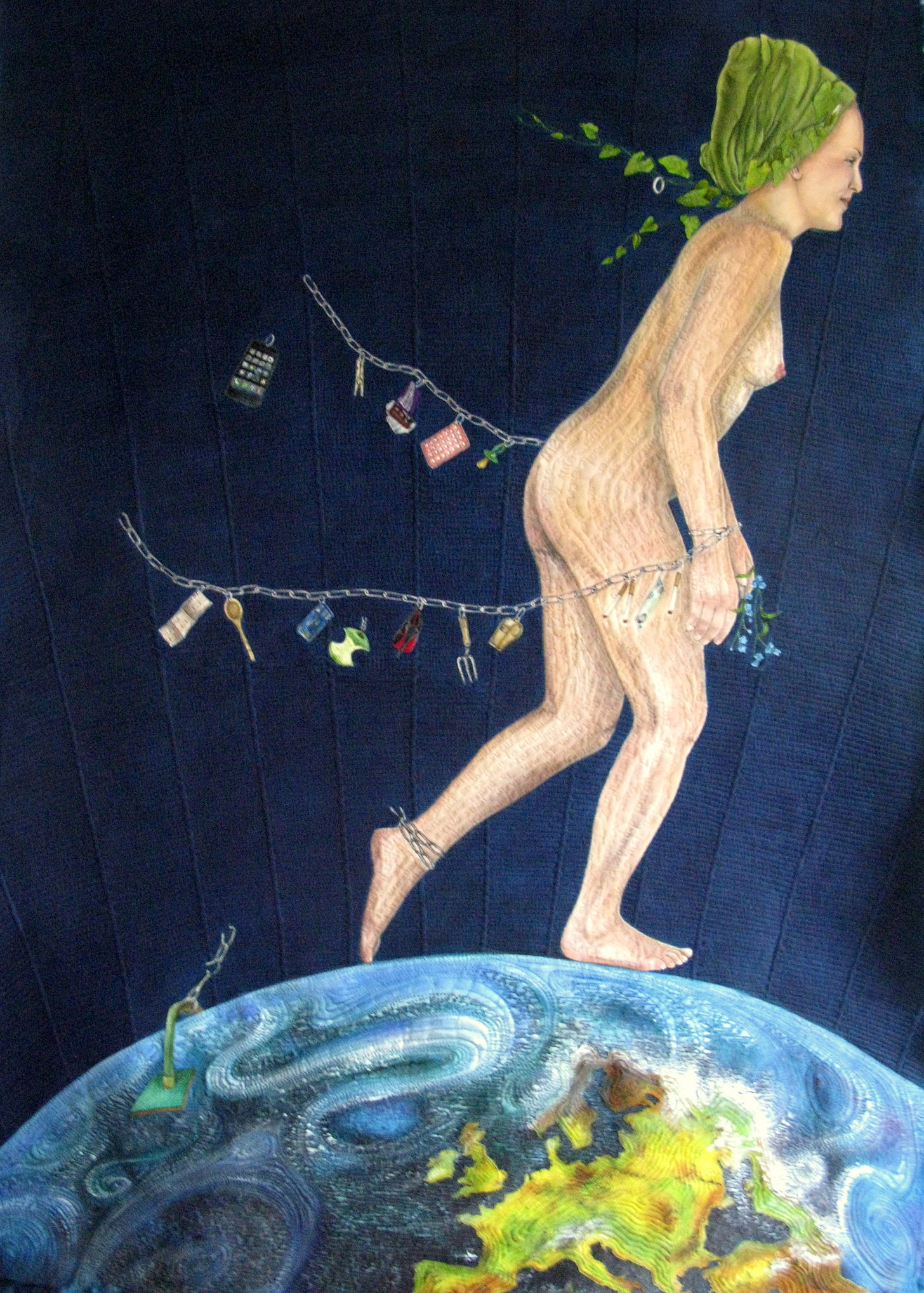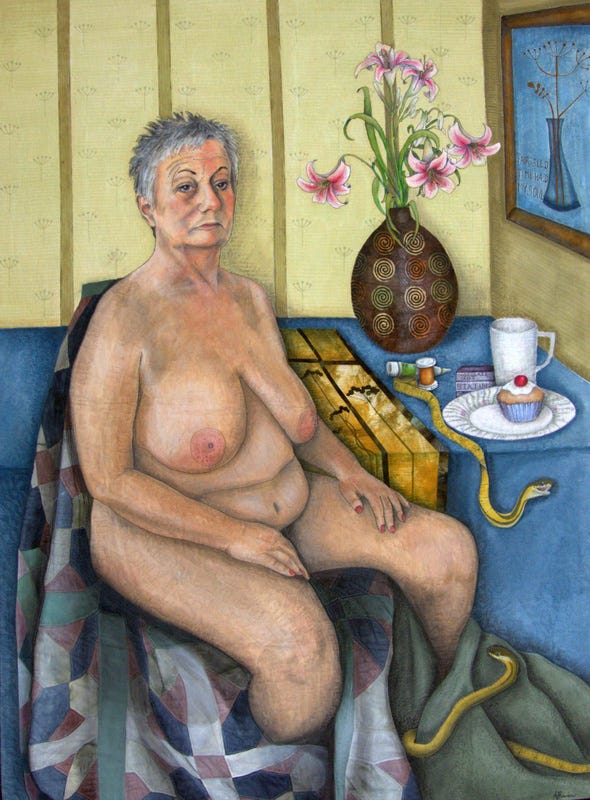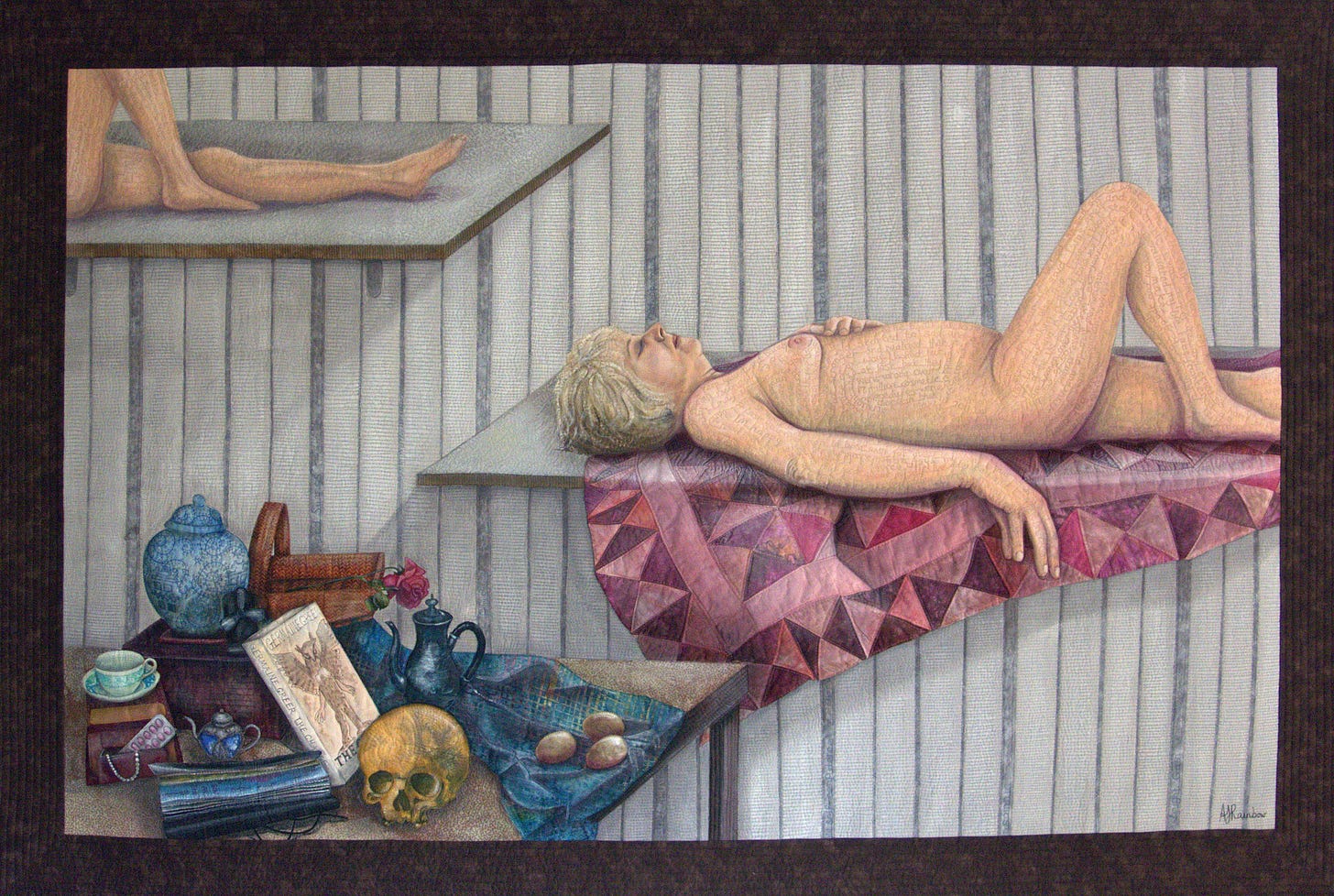By Annabel Rainbow - Membership Secretary, FLAG.
Yesterday I attended a symposium tied to A Different View, the exhibition currently at Leamington Spa Art Gallery & Museum (open until 5 October). The exhibition brings together over fifty women painters, sculptors, and photographers from the gallery’s own collection to explore how women artists have shaped British art through history.
The gallery describes it as:
“The first survey of women artists in the collection, A Different View engages with the historic absence of women in academic narratives and shines a light on those artists who have shaped British art practice and culture.”
The exhibition places historical, modern, and contemporary works side by side, tracing what was possible for women artists from the Victorian period onwards, and how difficult it often was to carve out a career in a male-dominated art world.
Women at the Royal Academy
It wasn’t until 1860 that women could be admitted to the Royal Academy Schools — the first being Laura Herford, who submitted work signed only with her initials. When it was revealed that she was female, the Academy found no rule to exclude her.
Even so, women were still denied access to the life-drawing classes that were considered essential for academic training. Life drawing especially from nude models was thought to be the foundation of an artist’s education: it develops observational skill, a grasp of anatomy and proportion, and the ability to translate three-dimensional form and movement into two dimensions. Working from photographs simply doesn’t give the same experience or vitality.
In my own practice (The Life Series of quilts), I relied exclusively on live models. It was the only way to capture sometimes odd poses with accuracy and energy. All of these works have been exhibited at the gallery in the last few years. You can see the full series on my website.



The Symposium
The half-day event brought together artists, researchers, and curators to discuss the representation of women in British art collections. It coincided with the exhibition’s final week and featured contributions from Dr Richenda Roberts (University of Warwick), Dr Sophie Hatchwell and Dr Rebecca Savage (both University of Birmingham), as well as a panel of exhibiting artists Lou Blakeway, Julie de Bastion, and Mary Riley.
Dr Richenda Roberts opened with a historical perspective, focusing on figures such as Evelyn De Morgan. (Yes “wife of” William De Morgan, the potter and novelist, though she was a professional artist in her own right.) Associated with the later phase of the Pre-Raphaelite Movement, she also worked within Aestheticism and Symbolism. Her figural paintings explored spiritual, mythological, and allegorical themes, often using the female body. She was a well-known professional artist in her lifetime and her paintings sold well; we learned that on two occasions she bailed out her husband’s struggling pottery business with her earnings.
Dr Sophie Hatchwell and Dr Rebecca Savage then shared research into women artists represented in the Derbyshire collections, linking them to works in Leamington’s collections. Their work is uncovering overlooked contributions and offering new contexts for how these women fit into British art history, including a lot of discussion about the works for schools in the 50’s onwards.
The day ended with a panel of four artists reflecting on the realities of sustaining a practice while managing family life, caring responsibilities for children and older parents, and the domestic load; from making work at the kitchen table to finding space for creativity both physically and mentally. Much of what they said resonated with me. Despite progress, art remains a heavily male-dominated profession. I’ll leave you with this thought, out of the National Gallery’s collection of over 2,300 paintings, just 21 are by women - that’s around 1%





No comments:
Post a Comment